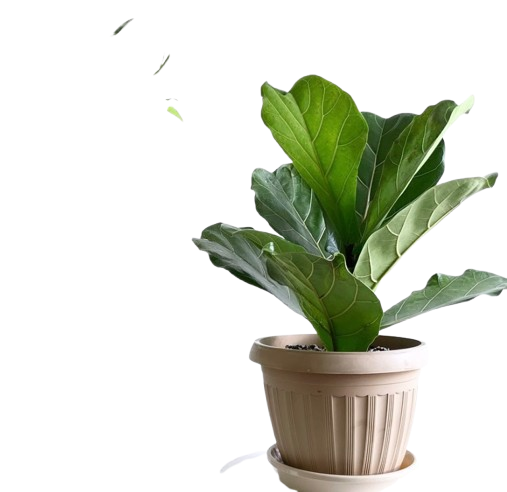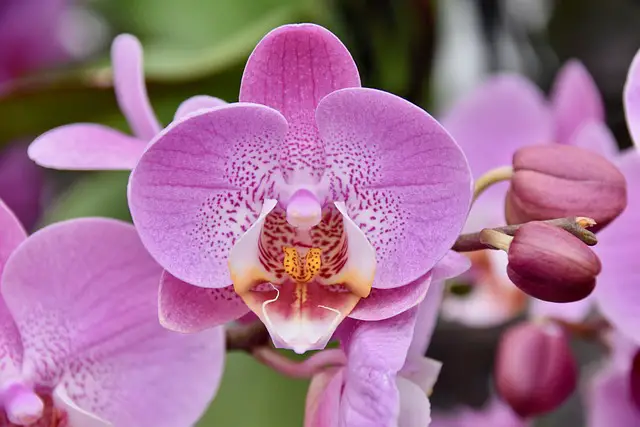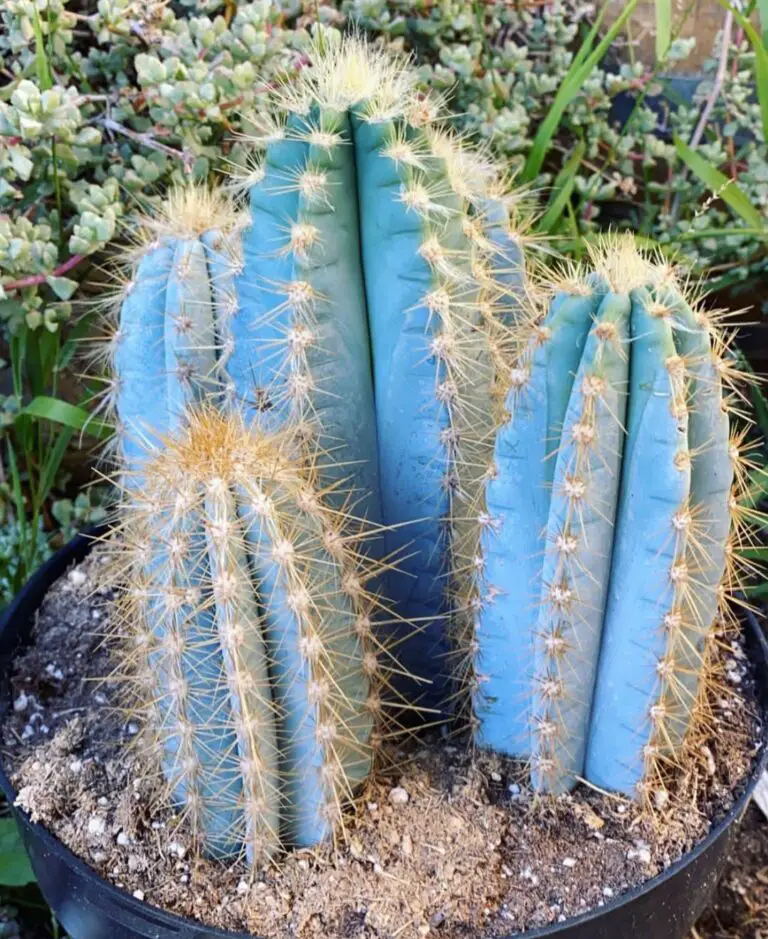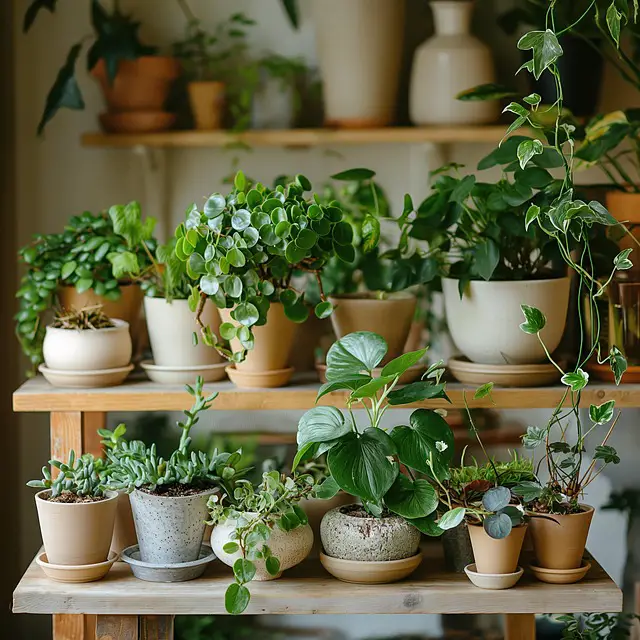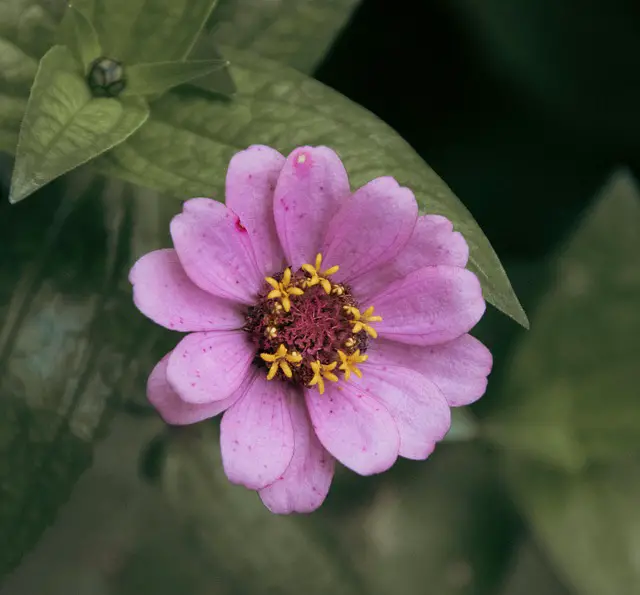Introduction:
Ficus plants are a timeless favourite among plant enthusiasts, admired for their lush foliage, graceful structure, and low-maintenance appeal. Whether you’re sprucing up a cosy apartment or adding greenery to your outdoor garden, understanding the fundamentals of Ficus plant care is key to helping your plant thrive in any environment. With varieties like the Rubber Plant (Ficus elastica), Fiddle Leaf Fig (Ficus lyrata), and Weeping Fig (Ficus benjamina), Ficus offers something beautiful for every space — but their care needs vary depending on where you grow them.
In this beginner-friendly guide, Indoor vs. Outdoor Ficus Plant Care 101, we’ll explore how to tailor your care routine to match your plant’s setting. From lighting and watering to temperature, humidity, and repotting schedules, this guide breaks down the differences and similarities between indoor and outdoor ficus care. Whether you’re just getting started or troubleshooting a struggling plant, you’ll gain practical, evergreen tips to ensure your ficus stays vibrant, healthy, and stunning year-round.

Indoor Ficus Care:
Ficus plants are popular choices for indoor plant enthusiasts due to their striking foliage and air-purifying qualities. To ensure your indoor ficus thrives, follow these care tips:
Light Requirements: Ficus plants prefer bright, indirect sunlight. Place them near a window with filtered sunlight, but avoid direct sun exposure, which can scorch their leaves. Consider employing grow lights if available natural light is scarce.
Temperature: Keep your indoor ficus in a temperature range of 65-75°F (18-24°C). They can tolerate slightly cooler temperatures, but abrupt temperature changes or drafts should be avoided.
Before watering,: let the top inch of the soil dry off. Ficus plants are sensitive to overwatering, which can lead to root rot. Water thoroughly when needed, but let the soil dry between waterings, especially in winter when growth slows down.
Humidity: Ficus plants appreciate higher humidity levels. Mist their leaves regularly or use a humidity tray to maintain a suitable humidity level, especially in dry indoor environments.
Potting Mix: Plant your ficus in well-draining potting soil. A mix designed for indoor tropical plants works well. Repot your ficus every 2-3 years to refresh the soil and provide more space for growth.
Fertilizing: Feed your ficus with a balanced liquid fertilizer during the growing season (spring and summer) about once a month. In the autumn and winter, when growth slows, cut back on or stop fertilising.
Pruning: Prune your ficus as needed to control its shape and size. Regular pruning also helps improve air circulation and can prevent pest problems.
Pests and Diseases: Keep an eye out for common pests like spider mites, mealybugs, and scale insects.In the autumn and winter, when growth slows, cut back on or stop fertilising. Proper care, including adequate light and humidity, can help prevent pest issues.
Rotation: Periodically rotate your ficus plant to ensure even growth and prevent it from leaning towards the light source.
Stress Avoidance: Ficus plants can be sensitive to changes. Try to maintain a consistent environment in terms of light, temperature, and humidity to minimize stress on the plant.
Remember that ficus plants can be finicky, especially when adjusting to a new environment. Be patient and attentive to their needs, and you’ll enjoy the beauty and benefits of a healthy indoor ficus for years to come.


Outdoor Ficus Care:
If you have a Ficus tree or shrub planted in your outdoor garden, it’s essential to provide the right care to help it thrive in its natural environment. Here are some tips for outdoor Ficus care:
Sunlight: Ficus trees thrive in full sunlight. Plant them in a location that receives at least 6-8 hours of direct sunlight each day. Insufficient light can lead to sparse foliage and leggy growth.
Soil: Ensure well-draining soil to prevent waterlogged roots. While Ficus trees can tolerate various soil types, they prefer slightly acidic to neutral soils. Fertility and drainage can be increased by adding organic matter to the soil.
Watering: Water deeply but infrequently. Allow the soil to dry out slightly between waterings, as Ficus trees are relatively drought-tolerant once established. Avoid constant moisture, which can lead to root rot. Younger plants may require more frequent watering until they establish a strong root system.
Mulching: Apply a layer of organic mulch around the base of your Ficus tree to conserve moisture, regulate soil temperature, and suppress weeds.In order to prevent rot, keep the mulch away from the trunk.
Pruning: Prune your Ficus tree as needed to maintain its shape and size. Regular pruning can help control its growth and promote a more attractive appearance. Remove dead or diseased branches promptly.
Fertilizing: Feed your outdoor Ficus tree with a balanced, slow-release fertilizer in the spring when new growth begins. Follow the manufacturer’s instructions for application rates. Avoid excessive fertilization, which can harm the plant.
Protection from Frost: If you live in an area prone to frost or freezing temperatures, consider protecting your Ficus tree during the winter months. Covering it with frost cloth or moving it to a sheltered location can prevent cold damage.
Pests and Diseases: Keep an eye out for common outdoor pests like aphids, scale insects, and whiteflies. Regularly inspect your Ficus tree for signs of infestations and treat them promptly with appropriate pesticides or insecticidal soap.
Root Maintenance: Periodically check for root encirclement in the root ball, especially in container-grown Ficus trees. If roots are circling the root ball, consider root pruning or repotting into a larger container.
Support: Stake young Ficus trees if needed to provide support and prevent leaning or damage from strong winds.
Outdoor Ficus plants can become stunning additions to your garden or landscape with the right care and attention. By following these guidelines, you’ll help your Ficus tree or shrub thrive and flourish in its outdoor environment.
Frequently Asked Questions
1. What is the best location for Ficus plant care indoors?
For proper Ficus plant care, place your plant near a bright, indirect light source like an east-facing window. Rotate the pot occasionally to ensure even growth and maintain balanced light exposure on all sides of the plant.
How frequently should my Ficus plant be watered?
An essential component of caring for Ficus plants is watering. 3. When the top inch of soil seems dry, water your ficus. 4. Underwatering results in leaf drop, whilst overwatering promotes root rot. To keep the soil damp but not soggy, use water that is room temperature and allow any surplus to drain away.
3. Why is my Ficus plant dropping leaves?
Leaf drop is a frequent worry when caring for Ficus plants.This often happens due to stress from sudden changes in temperature, light, or watering routine. Make sure the plant is not near drafts, and avoid moving it frequently. Gradual adjustment improves plant stability and prevents stress.
4. What type of soil is best for Ficus plant care?
Choose a well-draining potting mix for Ficus plant care, ideally a blend that includes peat moss, perlite, and pine bark.This kind of soil encourages good root development by holding onto moisture without compacting. Avoid heavy garden soil, as it can suffocate roots and cause waterlogging.
5. How do I prune my Ficus plant?
Ficus plants require regular pruning in order to keep their shape and promote bushy growth. 8. Trim lanky or overgrown branches with sharp, clean shears. To lessen shock, prune slightly above a leaf node and refrain from chopping off more than one-third of the plant at once.
6. Is fertilizer necessary for Ficus plant care?
Yes, fertilizer is important in Ficus plant care, especially during the growing season. Use a balanced liquid fertilizer every four to six weeks in spring and summer. Reduce or stop fertilizing during fall and winter when the plant’s growth slows down significantly.
7. Can I grow a Ficus plant outdoors?
Tropical or subtropical regions are suitable for the outdoor growth of ficus plants. However, for consistent Ficus plant care, protect them from frost, extreme sun, and strong winds. In colder regions, grow them in containers so you can move them indoors when temperatures drop.
8. What pests should I watch for in Ficus plant care?
Spider mites, scale, and mealybugs are common pests in Ficus plant care. Inspect leaves regularly, especially underneath.Use insecticidal soap or a moist cloth to remove pests. Keeping humidity balanced and leaves clean helps prevent infestations before they become serious.
9. How do I repot a Ficus plant properly?
Repotting is an important step in Ficus plant care every 1–2 years.Refresh the soil and select a pot that is one size larger. Gently loosen the roots and remove any dead ones. Repot during spring or early summer when the plant is actively growing for best results.
11. Does humidity affect Ficus plant care?
Humidity is a crucial factor in Ficus plant care. Ficus plants prefer moderate to high humidity levels. If your indoor air is dry, especially in winter, mist the leaves or place a humidity tray nearby. Low humidity can cause leaf browning and increase pest issues.
12. What kind of pot should I use for my Ficus plant?
A well-draining pot is essential for successful Ficus plant care. Make use of a container with bottom drainage holes.Terracotta pots are ideal as they allow excess moisture to evaporate, reducing the risk of root rot while keeping roots aerated and healthy.
13. Is it normal for Ficus to go dormant?
Yes, seasonal dormancy is part of natural Ficus plant care. During winter months, your plant may slow down its growth and drop a few leaves. This is normal. Reduce watering and avoid fertilizing during this period. Resume full care once new growth appears in spring.
14. How much light does a Ficus need for healthy growth?
Bright, indirect sunlight is best for Ficus plant care. While too much direct sunlight can burn foliage, too little light results in lanky growth and lifeless leaves. To maintain your plant healthy and colourful, you can use grow lights as a supplement if natural light levels are low.
15. Can I propagate my Ficus plant at home?
Absolutely! Propagation is a rewarding part of Ficus plant care. Use stem cuttings with at least two nodes, and root them in water or moist potting mix. Keep the cuttings warm and humid until new roots develop. Transplant to soil once the roots are established.
Can an indoor ficus tree be placed outside?
Yes, you can place an indoor ficus tree outside during the warmer months, but ensure it receives filtered sunlight and gradually acclimate it to outdoor conditions to prevent shock. Be cautious of temperature fluctuations and bring it indoors before cold weather arrives.
What is the easiest ficus tree to take care of?
The Ficus elastica, commonly known as the Rubber Plant, is considered one of the easiest ficus trees to care for. It’s relatively forgiving of occasional neglect and adapts well to indoor conditions.
What are the best conditions for indoor ficus?
Indoor ficus plants thrive in bright, indirect sunlight, with a temperature range of 65-75°F (18-24°C). Maintain moderate humidity, well-draining soil, and allow the top inch of soil to dry before watering.
Are ficus plants good for beginners?
Ficus plants can be suitable for beginners with some care and attention. However, they can be a bit finicky, so it’s essential to understand their specific needs, like proper lighting and watering habits.

